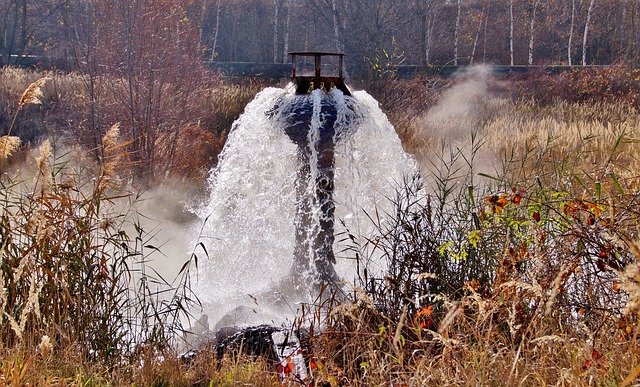BLOG
The US EPA Publishes 2021 MSGP for Storm water Discharges Associated with Industrial Activity
- #EPA
- #Water

In the February 19, 2021 Federal Register, the Environmental Protection Agency (EPA) published notice of its 2021 National Pollutant Discharge…
In the February 19, 2021 Federal Register, the Environmental Protection Agency (EPA) published notice of its 2021 National Pollutant Discharge Elimination System (NPDES) General Permit for Stormwater Discharges Associated with Industrial Activity, also referred to as the 2021 Multi-Sector General Permit (MSGP). The 2021 MSGP replaces the 2015 MSGP that expired on June 3, 2020. The permit becomes effective on March 1, 2021 and is applicable in areas where EPA is the NPDES permitting authority.
The 2021 MSGP contains several new or modified requirements from the 2015 MSGP, including signage, consideration of major storm events, and monitoring requirements. Certain changes are also intended to make the permit more readable and understandable. EPA will host a webinar on March 4, 2021 to discuss the changes.
Signage
Operators must now post a sign of permit coverage at a safe, publicly accessible location near the facility. The notice must contain basic information about the facility, contact information for both the facility and EPA, and how to request the facility’s Stormwater Pollution Prevention Plan (SWPPP). The signage is not required if other laws or local ordinances prohibit such signage.Major storm events
Operators must consider implementing enhanced stormwater control measures for facilities that could be impacted by major storm events, such as hurricanes, storm surge, and flood events. If an operator determines such controls to be unnecessary the operator is not required to implement any controls, but the operator must consider the benefits of selecting and designing control measures that reduce risks to their facility and the potential impact of pollutants in stormwater discharges caused by major storm events.Monitoring
Certain operators must conduct indicator analytical monitoring for pH, Total Suspended Solids, and Chemical Oxygen Demand quarterly. Certain operators must conduct report-only indicator analytical monitoring for polycyclic aromatic hydrocarbons (PAHs) twice a year during the first and fourth years of permit coverage. Certain operators must conduct benchmark monitoring quarterly in their first and fourth years of permit coverage. The benchmark monitoring thresholds for aluminum, copper for discharges to freshwater, selenium for discharges to freshwater, and cadmium have been revised. Operators who exceed the revised benchmark thresholds for discharges to freshwater for aluminum and copper can demonstrate that their discharges do not result in an exceedance of a facility-specific value. The 2021 MSGP revised the Additional Implementation Measures (AIM) requirements for benchmark monitoring exceedances by maintaining a three-level structure of advancement and responses triggered by exceedances. Operators discharging to impaired waters without an EPA-approved or -established total maximum daily load (TMDL) must complete annual monitoring for discharges of certain pollutants to impaired waters. The monitoring begins in the first year of permit coverage and is required for one year at each discharge point for all pollutants for which the waterbody is impaired. Annual monitoring must continue for any pollutant that is detected. In the fourth year, annual monitoring resumes for pollutants that are both causing impairments and/or are a required benchmark parameter for the industrial activity, including any pollutants that the operator ceased monitoring. After the fourth-year monitoring, the operator can discontinue monitoring for any pollutant that is not detected. PFAS monitoring is not included in the permit. EPA stated that it will revise sector-specific fact sheets for PFAS which will include practices that could be used to minimize PFAS in stormwater discharges._____________________________________________________
Sources:EPA, Notice, National Pollutant Discharge Elimination System (NPDES) 2021 Issuance of the Multi-Sector General Permit for Stormwater Discharges Associated With Industrial Activity, 86 FR 10269, Feb. 19, 2021
2021 Multi-Sector General Permit (MSGP) for industrial stormwater discharges 2nd Session, March 4, 2021, 1:00pm EST to 3:00pm EST